Is Windows XP set to be toppled anytime soon?
It’s been with us nearly a decade, with no sign of disappearing just yet. So why is Windows XP still going strong, and what can Microsoft do next?

The sure sign that Microsoft had struggled to enthuse the market about its Windows Vista operating system, years after it was originally released, was the staggeringly high usage figures for Windows XP.
Even today, nearly nine years after it was officially launched, Windows XP remains the world's most used operating system on a day-to-day basis. MarketShare reports that Windows overall is still accounting for 91 per cent of the market, but subdivided into versions, and Windows XP seems to have an iron-like grip.
According to figures issued at the start of June, Windows XP is now accounting for 62.55 per cent of operating system usage. To set that against later iterations of the operating system, Windows Vista sits at 15.25 per cent, Windows 7 at 12.68 per cent and next up is MacOS X 10.6 at 2.34 per cent.
Migration
Microsoft is understandably keen to ensure that users migrate from Windows XP to Windows 7 (an upgrade that involves a reformat of a machine), but in spite of the success of the launch of the latter version of its OS late last year, Windows 7 is still a long, long way behind.
There are several reasons why, of course. Firstly, Microsoft hardly helped drain away XP users with its stance on the netbook market, where it was seemingly slow to react and adapt its Windows OS to take advantage of this burgeoning sector of portable computer sales.
As such, at the point major manufacturers started offering netbooks with Linux operating systems, the best Microsoft could do was scramble Windows XP, given that Windows Vista was realistically too bloated to sit on such a modest machine. From a short-term strategic standpoint, this turned out to be a wise move, as Microsoft arrested the interest in Linux on such machines and established itself as the lead operating system provide to netbooks. But it also added more numbers and market share to a product that it had been trying to phase out for years. It also meant that is had to continue supporting it for years to come.
Sign up today and you will receive a free copy of our Future Focus 2025 report - the leading guidance on AI, cybersecurity and other IT challenges as per 700+ senior executives
-
 Microsoft wants to replace C and C++ with Rust by 2030
Microsoft wants to replace C and C++ with Rust by 2030News Windows won’t be rewritten in Rust using AI, according to a senior Microsoft engineer, but the company still has bold plans for embracing the popular programming language
-
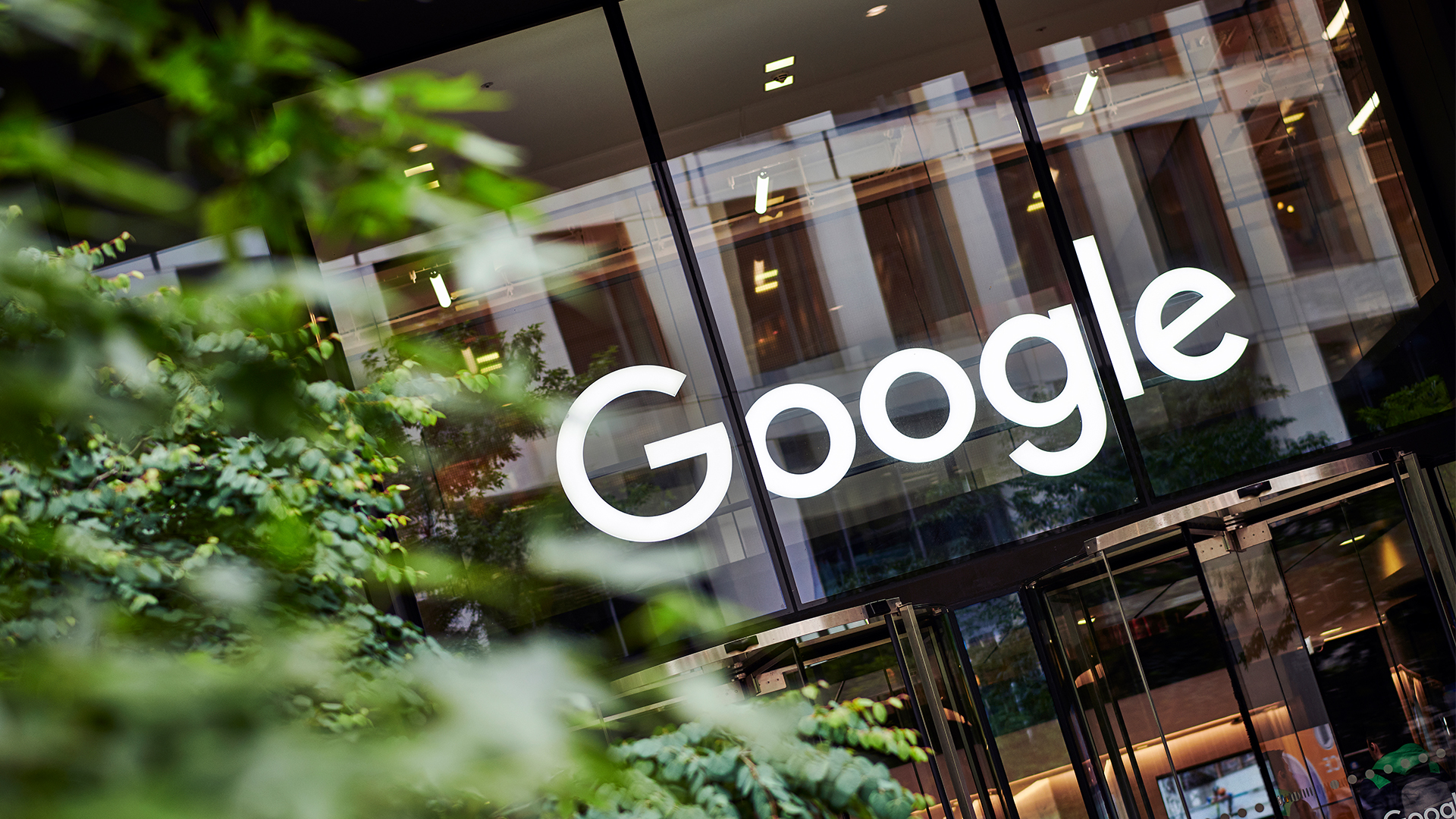 Google drops $4.75bn on data center and energy firm Intersect
Google drops $4.75bn on data center and energy firm IntersectNews The investment marks the latest move from Google to boost its infrastructure sustainability credentials
-
 How monitors deepen your employee experience and support your distributed workforce
How monitors deepen your employee experience and support your distributed workforcewhitepaper Drive business outcomes by empowering, enabling, and inspiring employees with the right monitors wherever they work from
-
 Forrester: Power up your hybrid workplace with monitors
Forrester: Power up your hybrid workplace with monitorswhitepaper Evolve remote work policies into work-and-learn-from-anywhere strategies
-
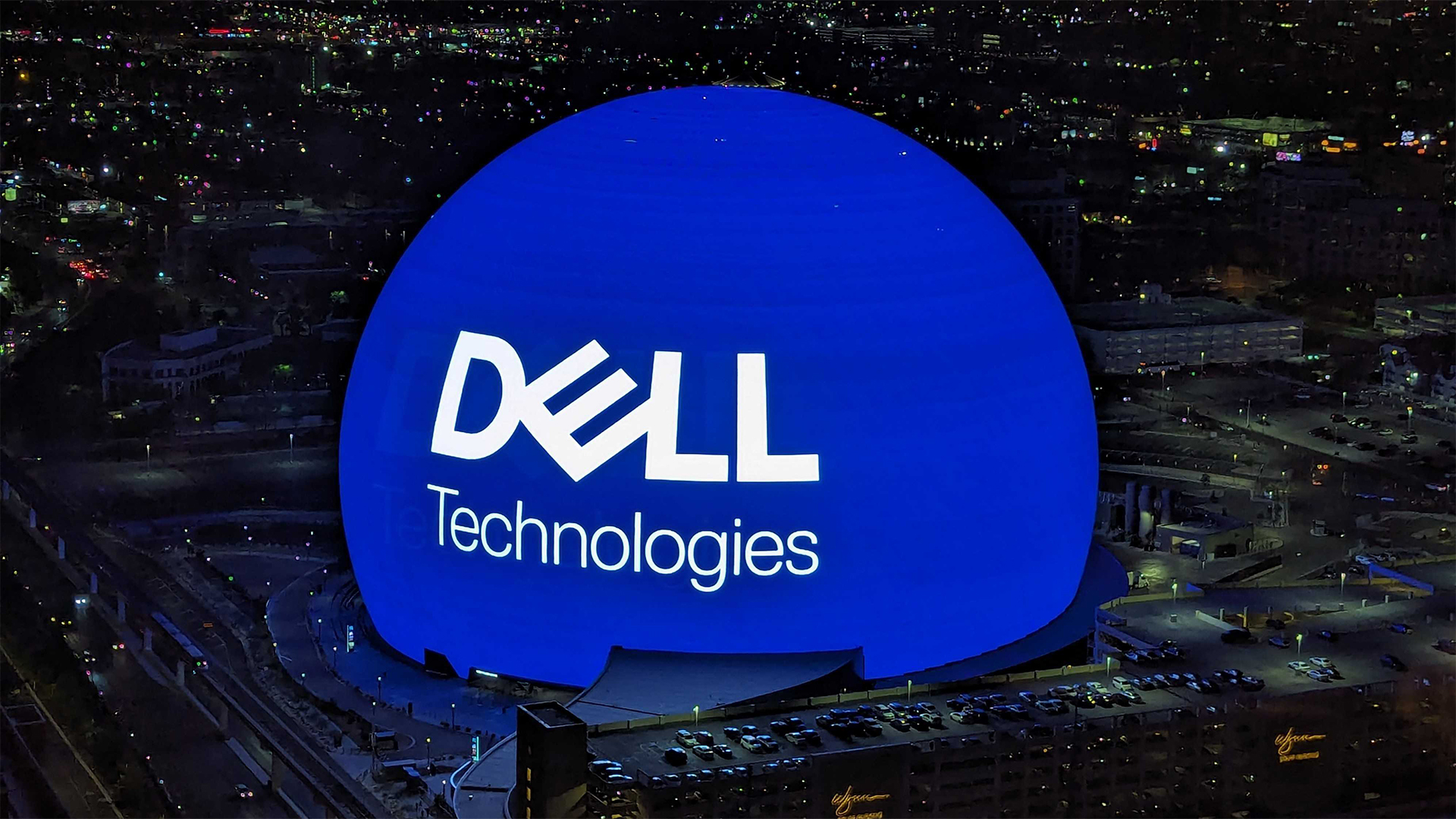 Driving employee experience and productivity across industries
Driving employee experience and productivity across industrieswhitepaper Monitors are an imperative in the hybrid era
-
 Forrester: Sustainable monitors
Forrester: Sustainable monitorswhitepaper Monitors are an imperative in the hybrid era
-
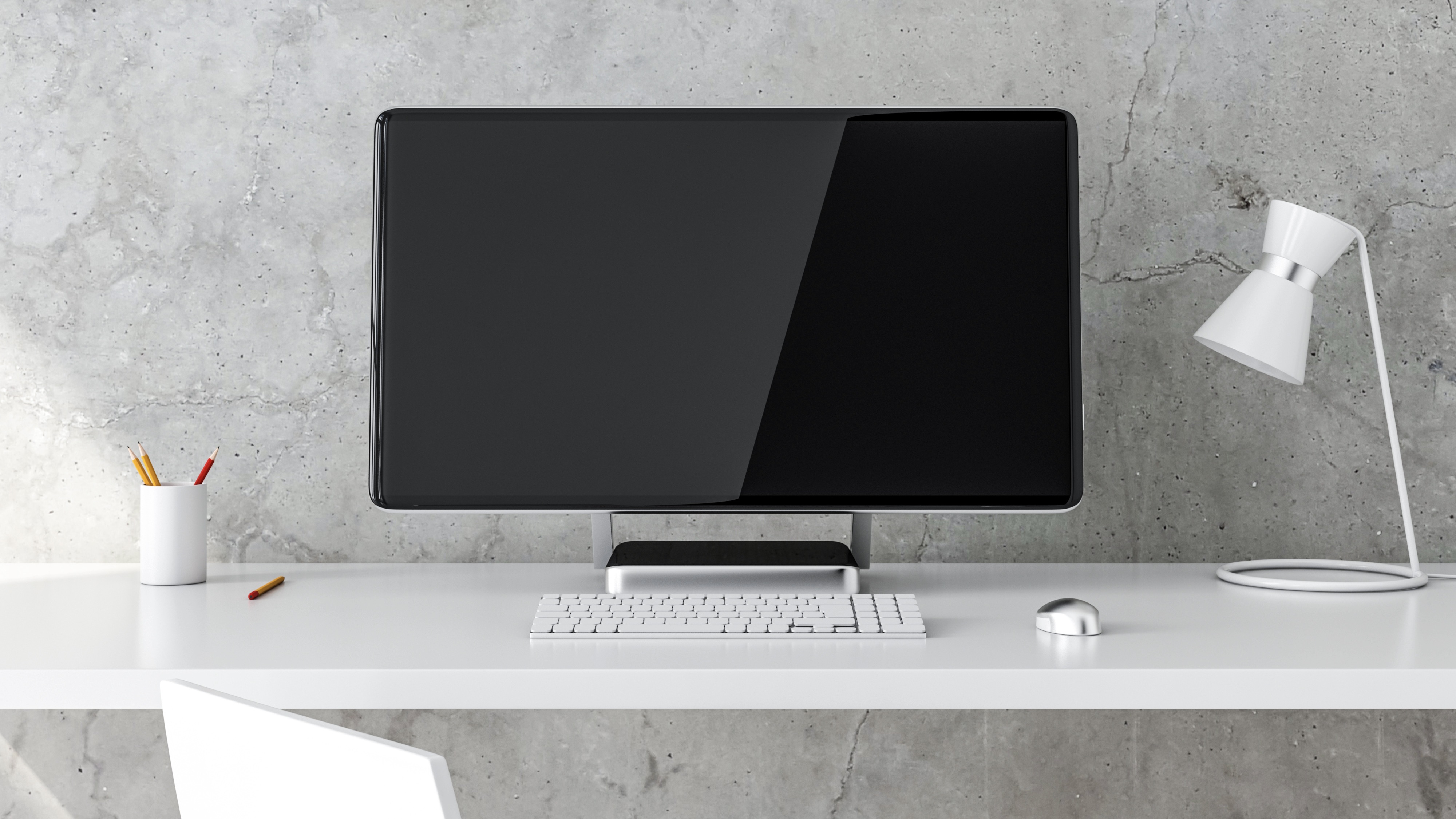 The time has come to say arrivederci to the all-in-one PC
The time has come to say arrivederci to the all-in-one PCOpinion Laptops and desktops do it better, faster, smaller, lighter, so what need is there for a jack of all trades?
-
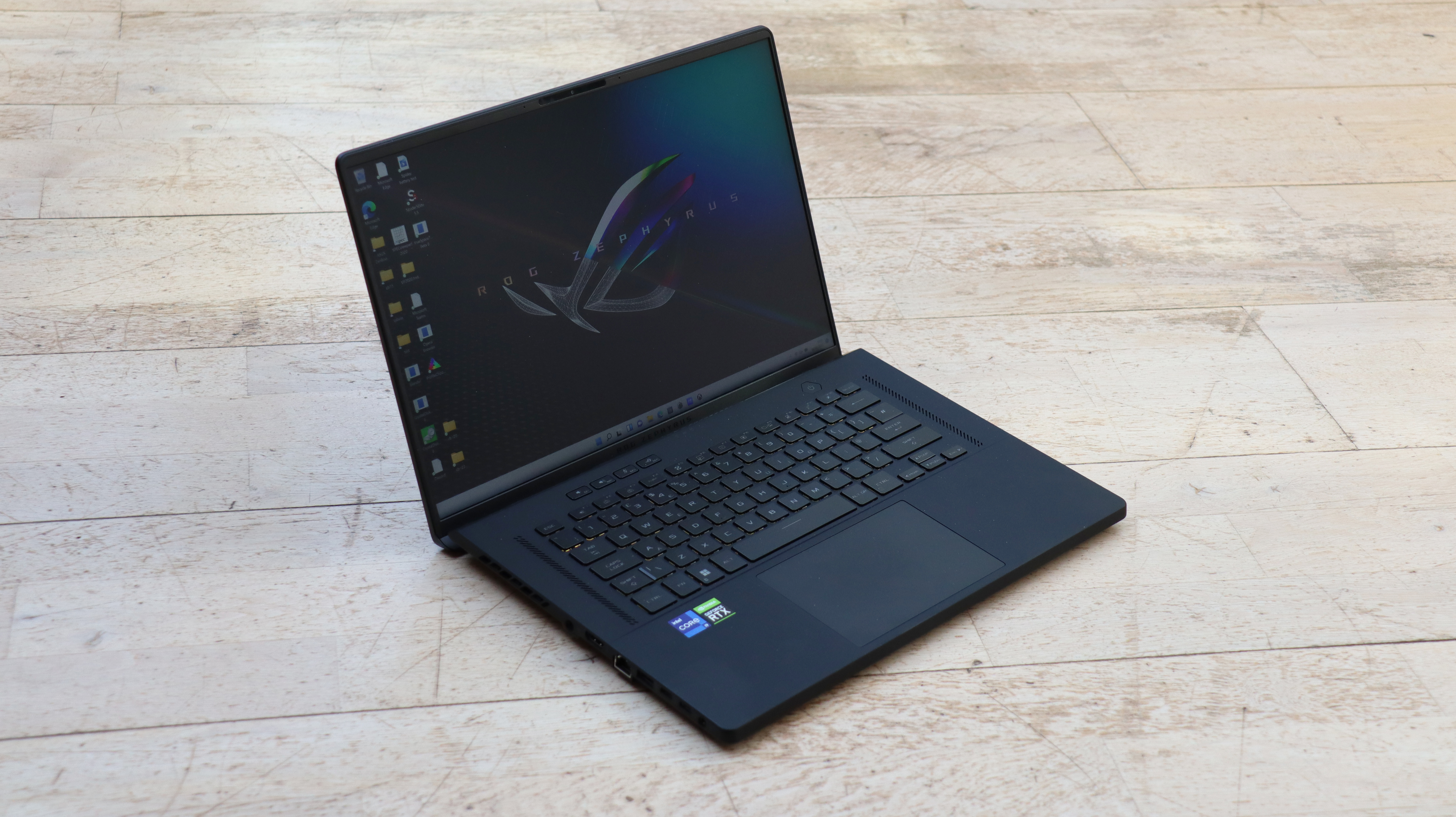
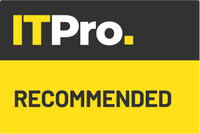 Asus ROG Zephyrus M16 (2022) GU603Z review: Huge processing power you can carry with you
Asus ROG Zephyrus M16 (2022) GU603Z review: Huge processing power you can carry with youReviews The Zephyrus M16 combines a potent 14-core processor with capable graphics and features in a bag-friendly format
-
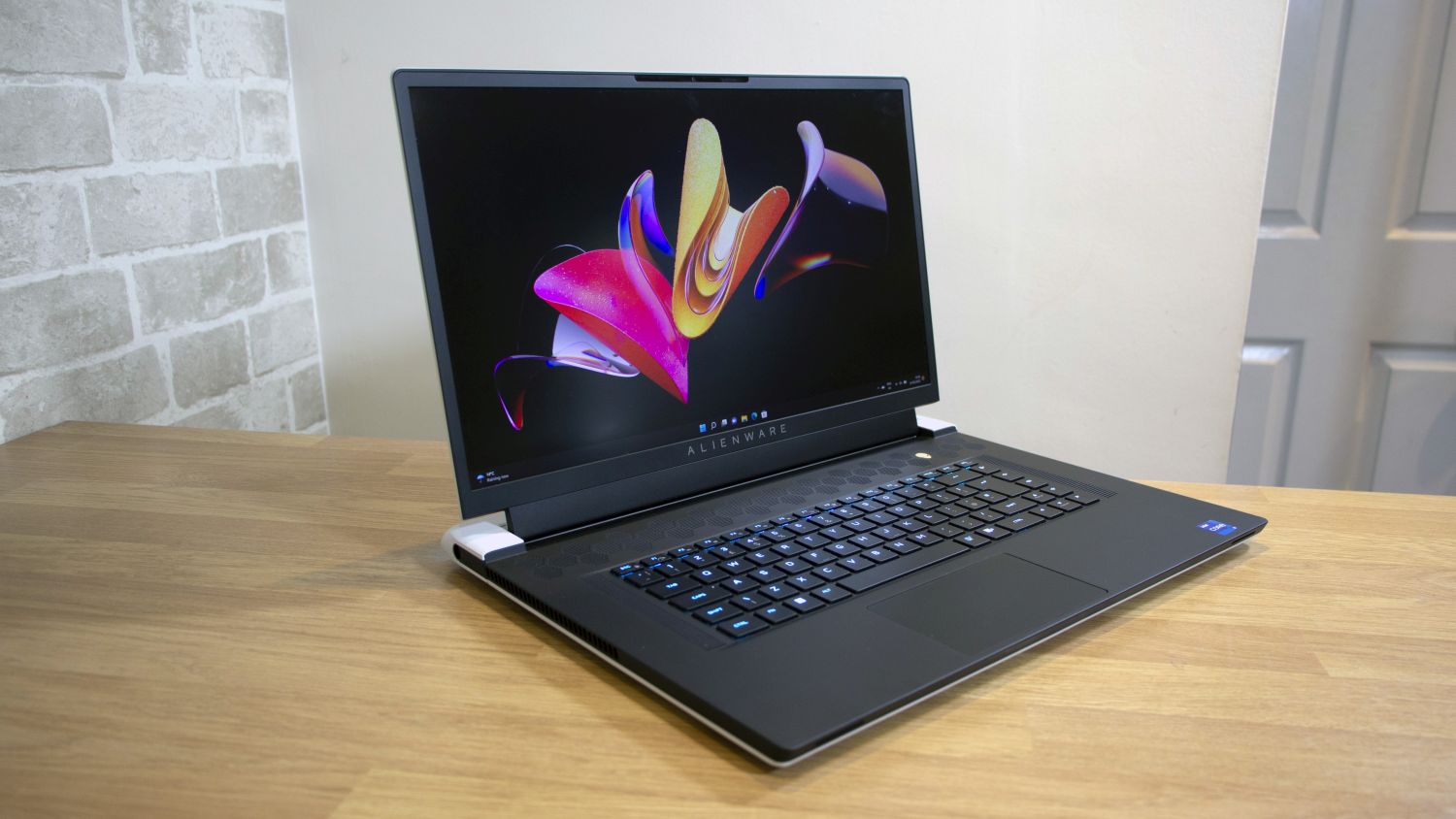
 Alienware x17 R2 review: A frighteningly fast content creation monster
Alienware x17 R2 review: A frighteningly fast content creation monsterReviews Colossal power and a rock-solid exterior make for an expensive portable powerhouse
-
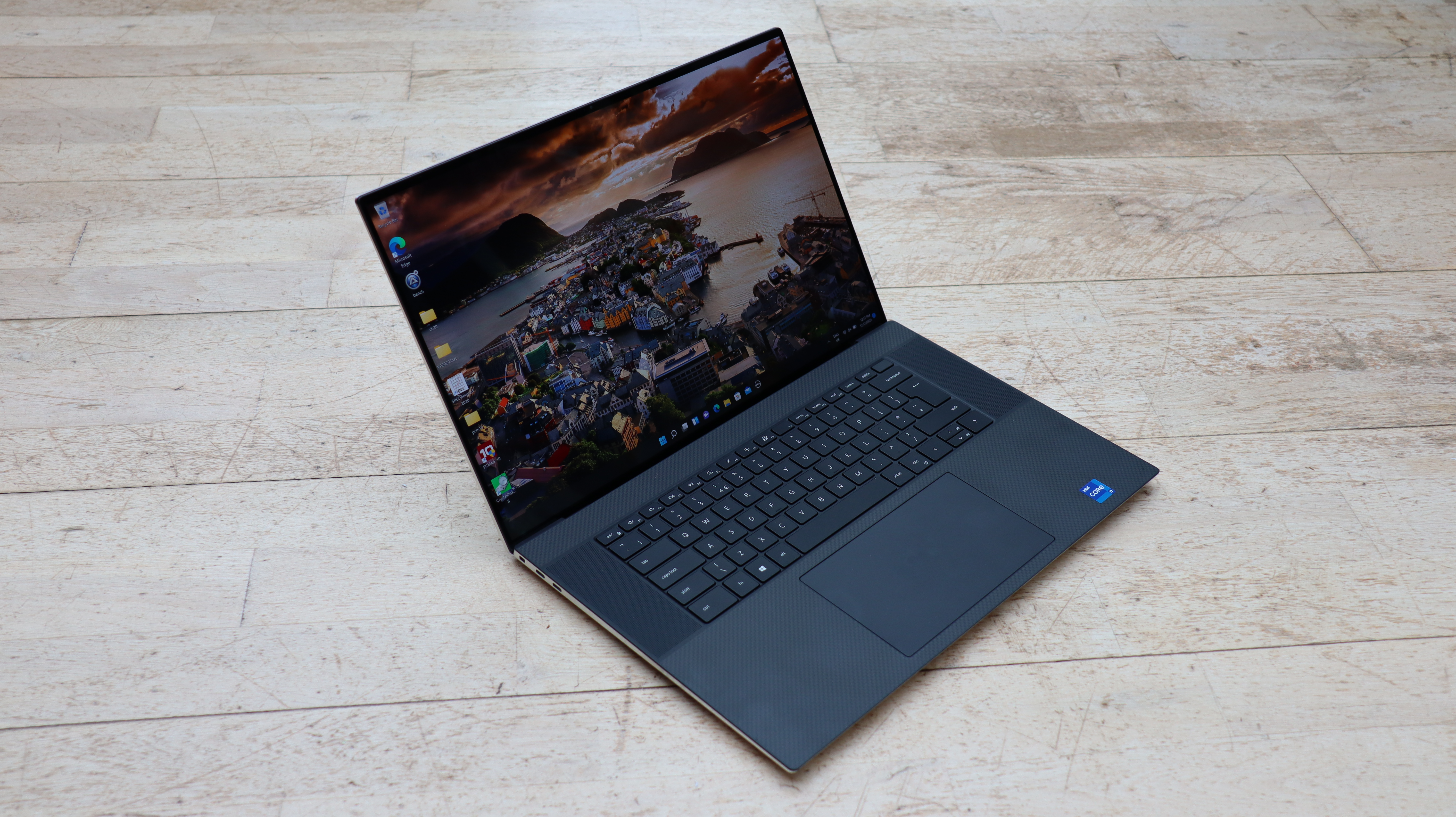
 Dell XPS 17 review: Serious power in a portable package
Dell XPS 17 review: Serious power in a portable packageReviews A huge 4K screen and loads of processing power in a package that can still be used on the move